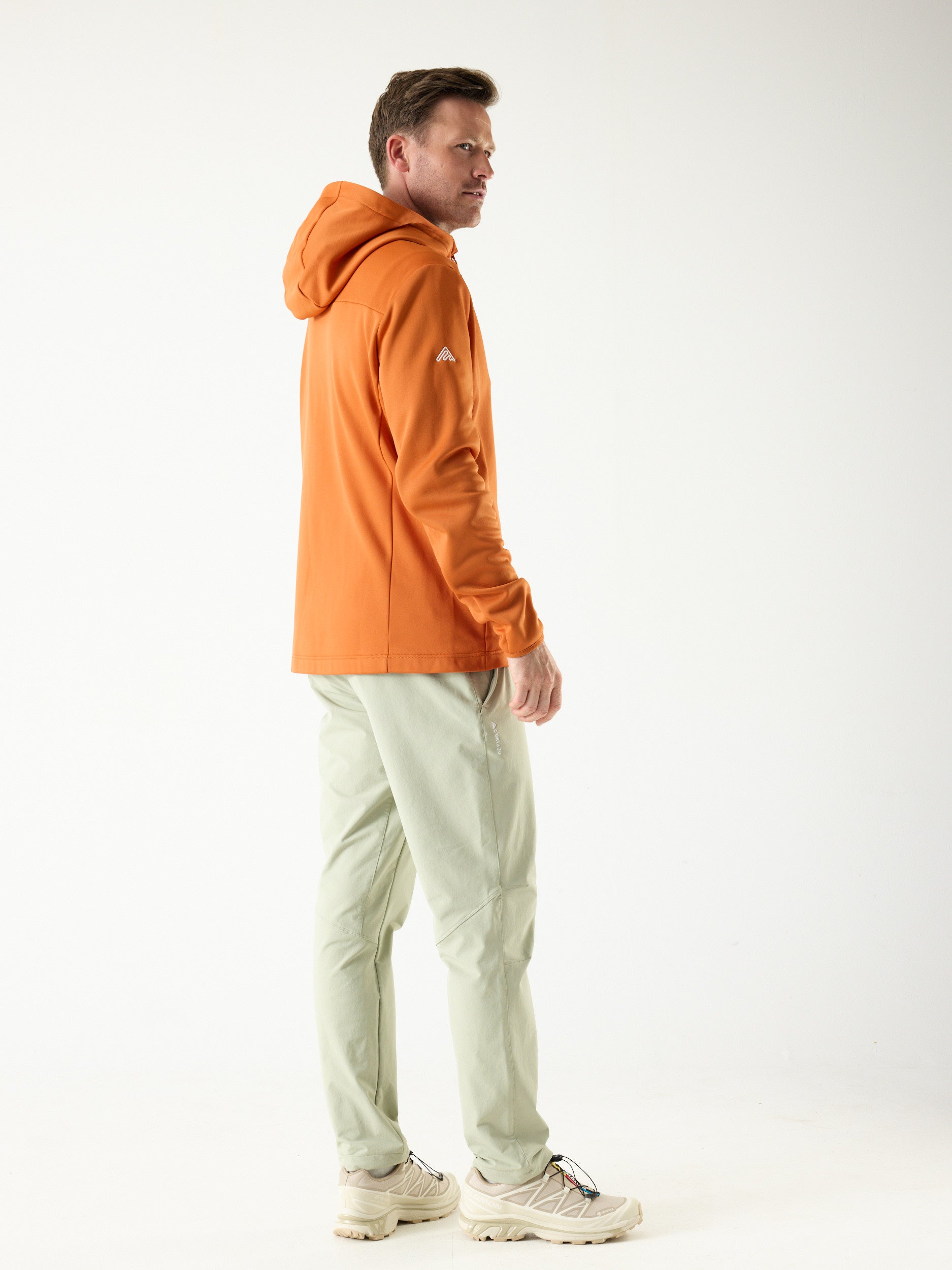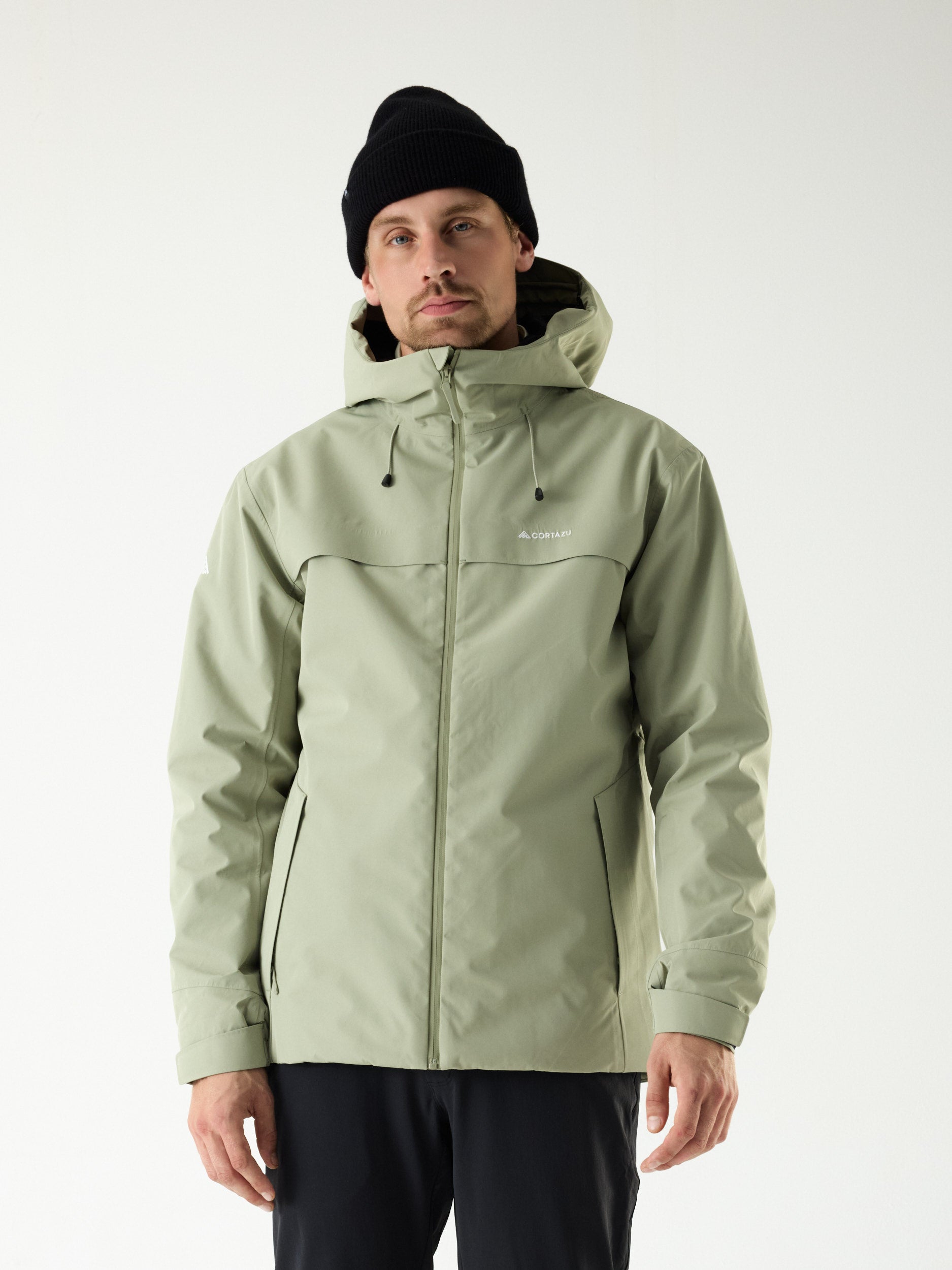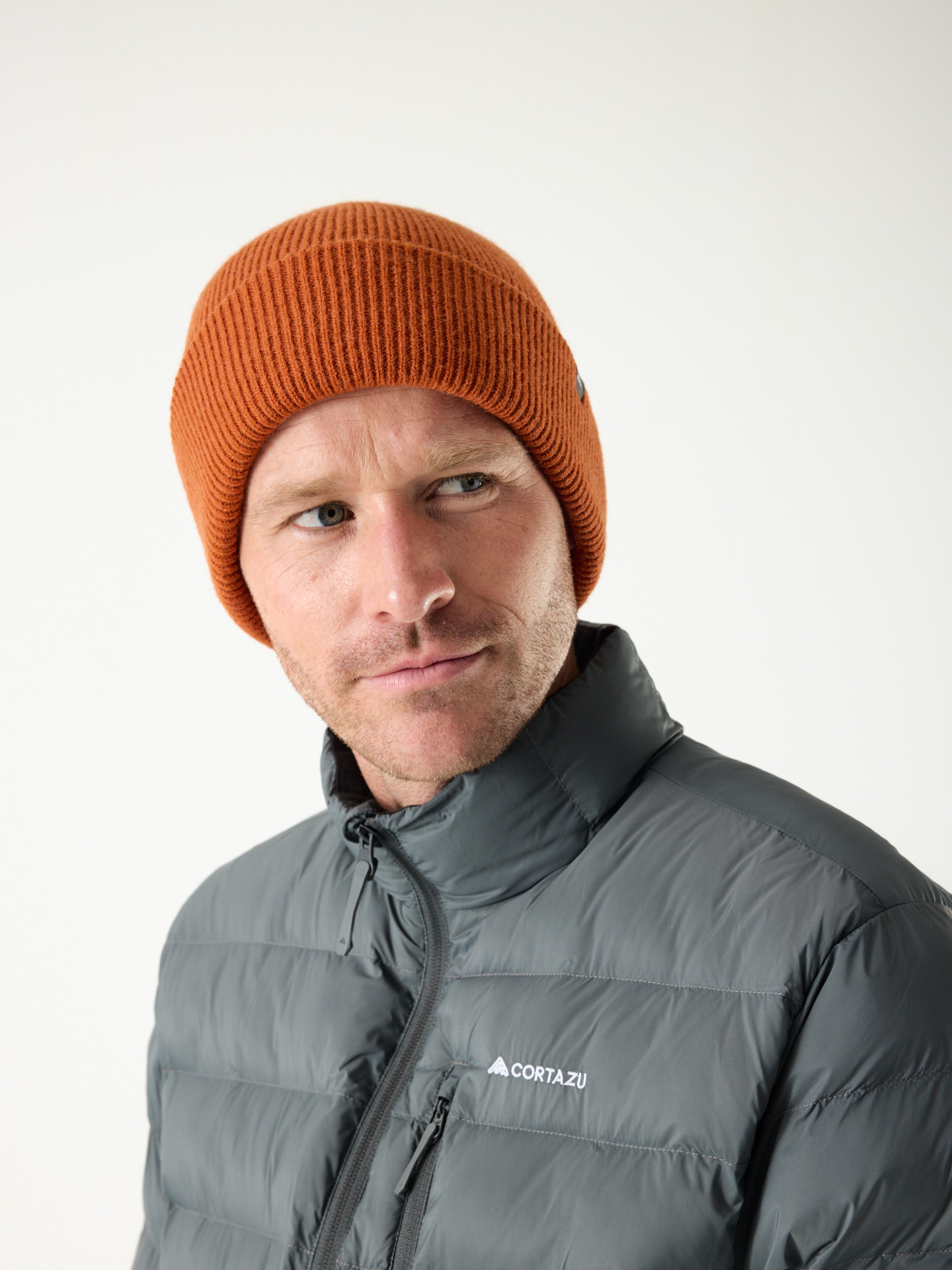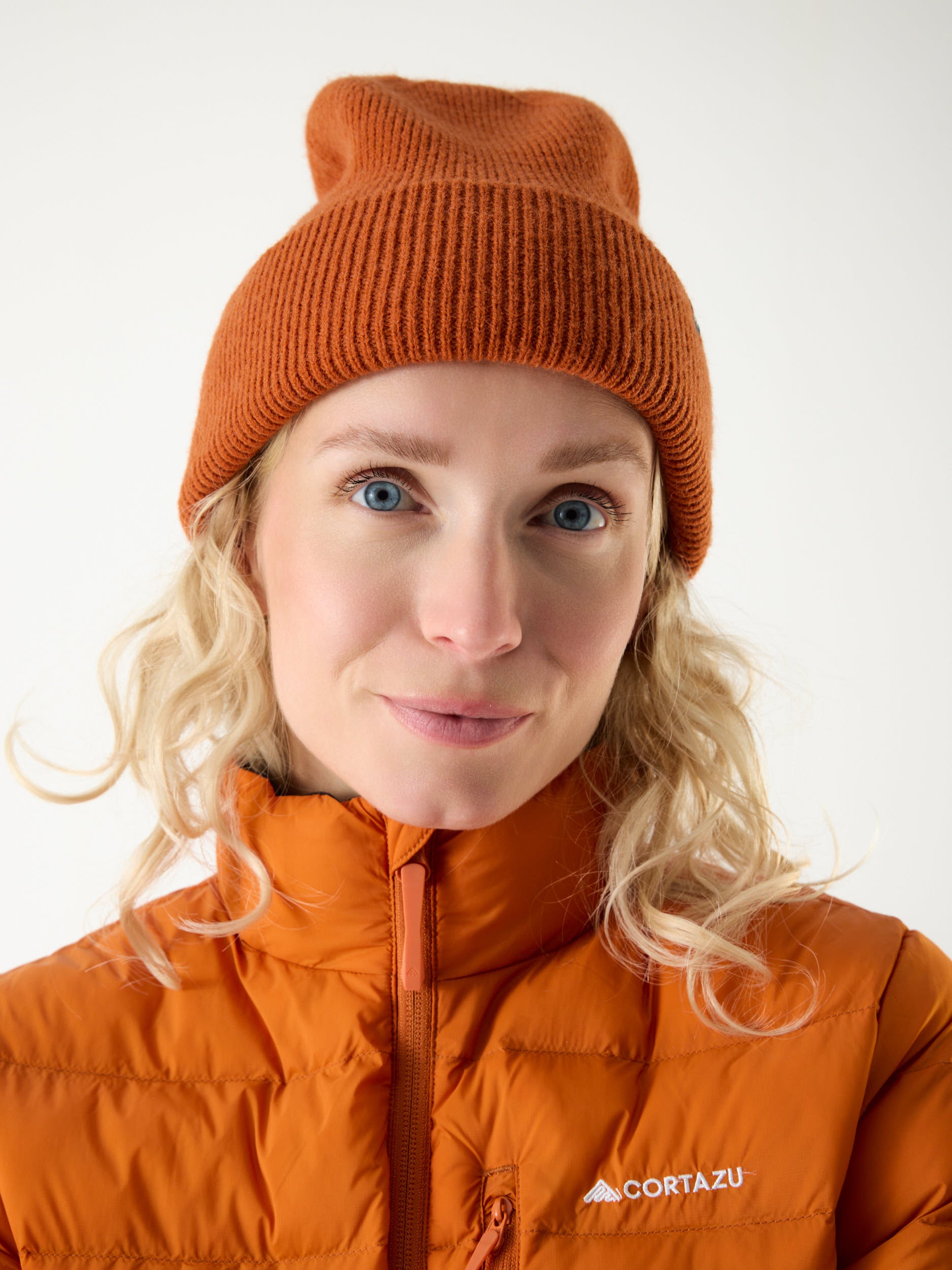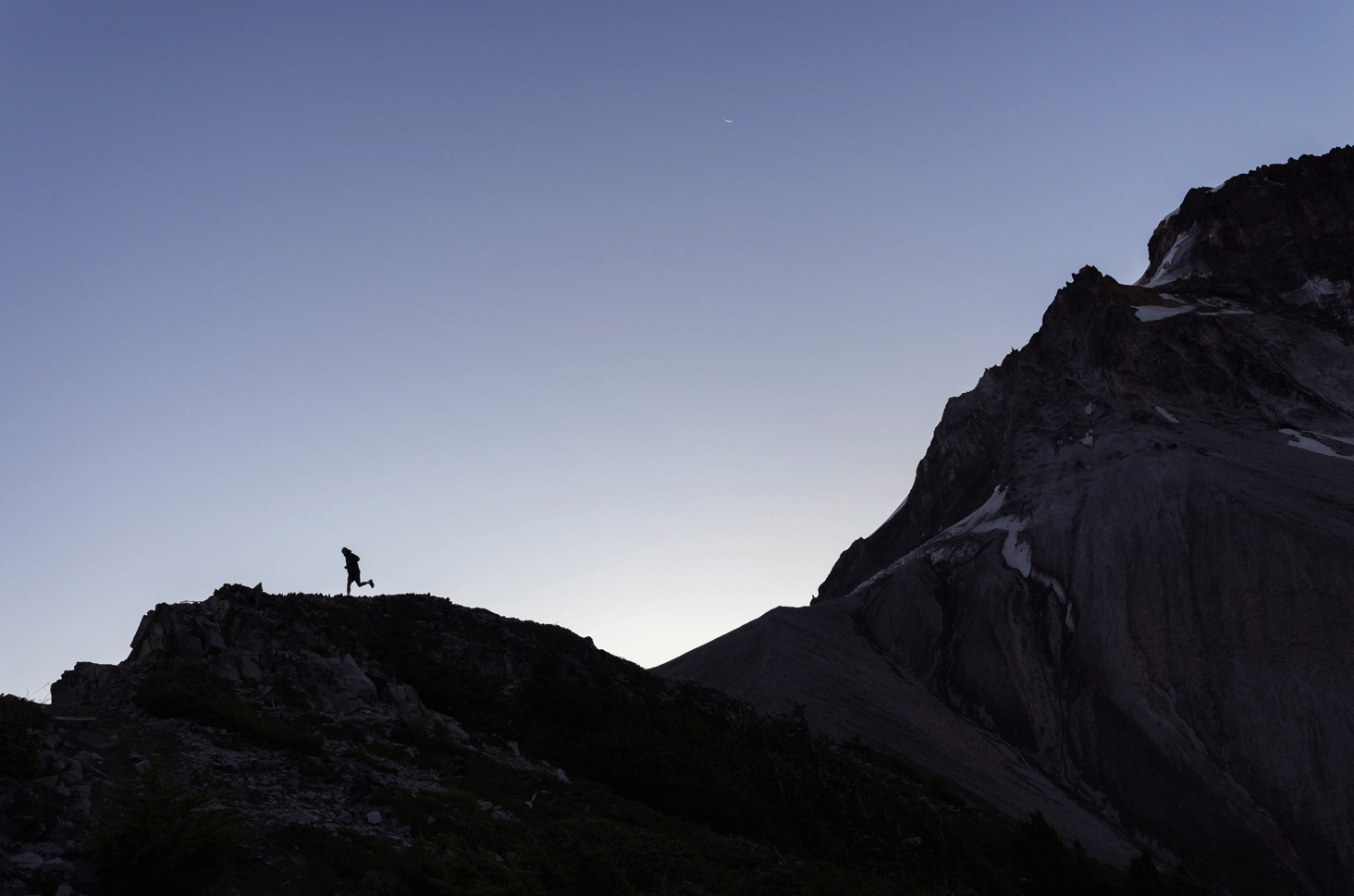Hiking in winter can be an incredibly rewarding and exhilarating experience, but it also comes with its own set of challenges and potential hazards. From icy trails to rapidly changing weather conditions, it's essential to take the necessary precautions to ensure your safety on the trail. In this blog post, we'll share five tips for hiking in winter, including everything from proper gear and clothing to planning ahead and staying aware of your surroundings. Whether you're a seasoned hiker or just starting out, these winter hiking tips will help you stay safe and enjoy all that the winter wilderness has to offer.
1: Never go alone and always tell someone your plan.
The first and perhaps the most important tip for hiking safely in winter is to never go alone and always inform someone about your plans. This simple step can make all the difference in case of an emergency or unexpected situation on the trail. Before setting out, make sure to let someone reliable know where you're headed, the estimated return time, and who you'll be hiking with. This information will be critical if you encounter any issues, such as getting lost or injured on the trail. By following this first tip, you can ensure that someone will know your whereabouts and can come to your aid if needed.

2: Wear clothing in which you stay warm and dry.
Choosing the right clothing is crucial for staying warm and dry on a winter hike. Look for clothing that is made from materials that are designed to wick away moisture, such as wool or synthetic fabrics like polyester and nylon. These materials will keep you dry by pulling moisture away from your body and preventing sweat from building up on your skin. It's also important to dress in layers, so you can adjust your clothing as needed to regulate your body temperature. Start with a base layer made from moisture-wicking material, add an mid-layer or fleece jacket for warmth, and finish with a waterproof and breathable 3-layer shell jacket to protect against the elements. And don't forget to bring extra dry and warm clothing in case you get wet or cold during your hike. Having extra layers and a change of clothes can make all the difference in keeping you comfortable and safe on your winter hike.

3: Make sure you have proper footwear
In addition to proper clothing, having the right footwear is essential for a safe and enjoyable winter hike. The best winter hiking boots are waterproof, insulated, and have good traction on snow and ice. Look for boots with a thick, durable sole and deep lugs for better grip on slippery terrain. Insulation will keep your feet warm and dry, while waterproofing will prevent moisture from seeping in and making your feet cold and uncomfortable. Make sure your boots fit properly, with enough room to wear thick socks for added warmth. It's also a good idea to break in your boots before your hike to avoid blisters or discomfort. In short, investing in a good pair of winter hiking boots is a must for a successful and safe winter hiking experience.
4: Keep hydrated and bring plenty of food
Staying hydrated and well-nourished is crucial for any hike, and even more so in winter when your body is working harder to stay warm. Make sure to bring plenty of water, and consider using an insulated water bottle to prevent freezing. Pack high-energy snacks and meals, such as nuts, trail mix, and protein bars, to keep your energy levels up and maintain body heat.
5: Always carry a map and GPS/navigation tools
Even if you're hiking on a well-marked trail, it's essential to carry a map and GPS/navigation tools. Winter conditions can obscure trail markers, and you may need to navigate off-trail if you encounter obstacles such as fallen trees or deep snow. A map and compass will help you stay on track, and a GPS device can help you find your way if you become lost or disoriented. Make sure to familiarize yourself with your navigation tools before your hike and bring spare batteries or a charging device.

6: Bring safety items
t's important to be prepared for emergencies, even on a short hike. Bring a whistle, a signaling mirror, and a headlamp or flashlight with spare batteries. These items can help you attract attention and make your presence known in case of an emergency or if you become lost. Consider packing hand warmers, a space blanket, and a fire starter kit to help you stay warm and dry in case you have to spend an unexpected night outdoors.Some hiking accesories are always godo to bring.
7: Bring sun protection, a first aid kit and a multi-tool
Winter sun can be just as damaging to your skin as summer sun, so be sure to bring sun protection, such as a hat, sunscreen, and sunglasses. A basic first aid kit should include items such as bandages, antiseptic, and pain relievers. Additionally, a multi-tool can come in handy for a variety of tasks, such as cutting branches for firewood or repairing gear. By being prepared with these essential items, you'll be able to handle unexpected situations and enjoy a safe and comfortable winter hike.


